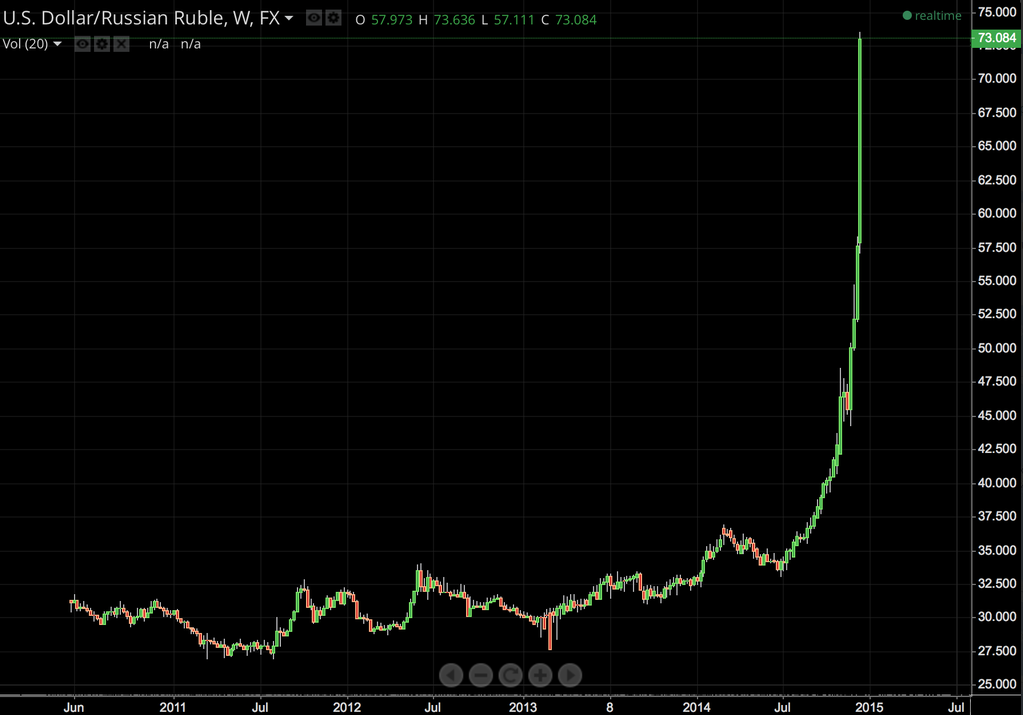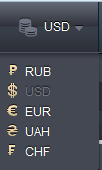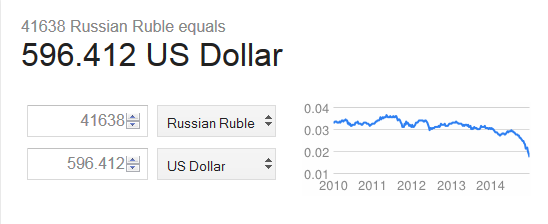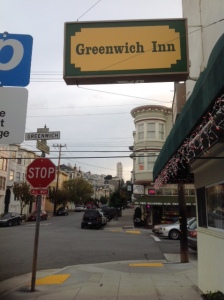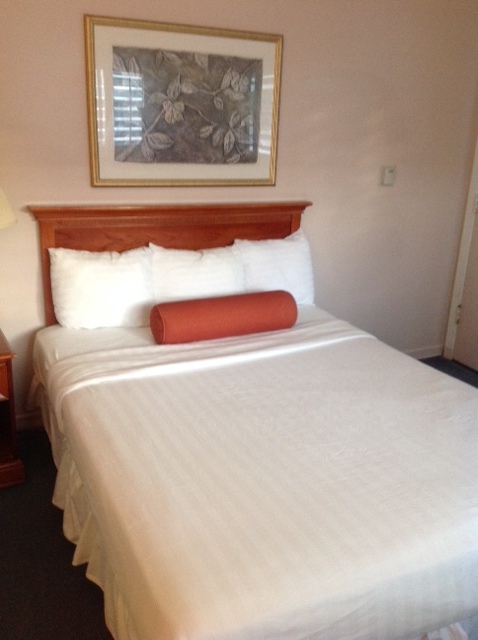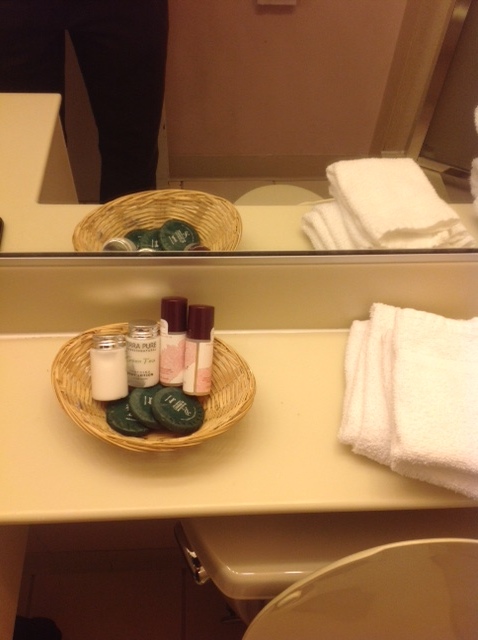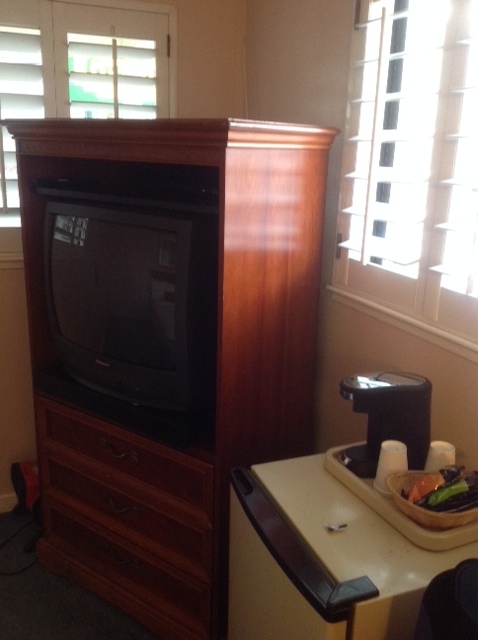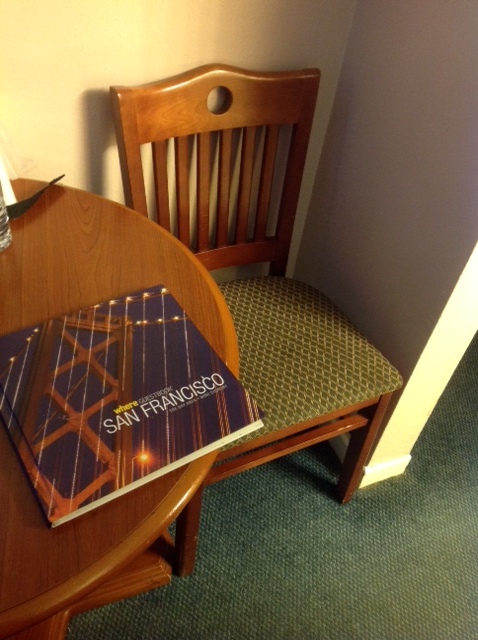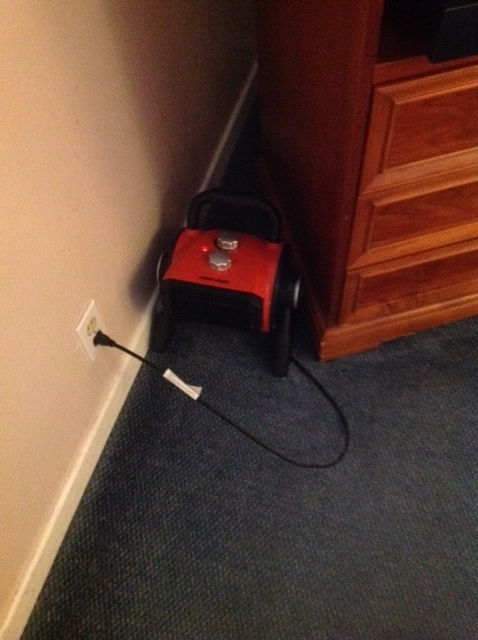One of the best deals going in economy class award redemptions is between North American and Europe with the American Airlines Aadvantage program. You can redeem awards for only 20,000 miles each way when you fly off-peak and all you have to pay is the actual taxes for your flight. Better yet, this phenomenal bargain is available when departing Europe, unlike on Delta where you have to pay a fuel surcharge ex-Europe. However, this comes with a catch: it’s really hard to find transatlantic award availability on American Airlines, even in economy class. British Airways has plenty of availability, and you can redeem your miles for flights with them, but you have to pay a ridiculous fuel surcharge which costs nearly as much as just buying a ticket would. So, I was excited to find an itinerary that would work to return me from Zagreb, Croatia to Los Angeles.The first segment was on British Airways to London, and then the onward segment left two hours later on American Airlines via Chicago. I paid a total of about $80 in cash and 20,000 miles. Life was good.
Last week, I received a call from American Airlines from a very fast-talking agent. She rushed through my itinerary and then asked for my credit card number. Wait, what? I had already paid. “There’s extra tax,” she said. Whoa, wait a minute. “I feel like we’re starting in the middle of a conversation I missed the first part of. Can you explain to me why you called, starting from the beginning?” I said. More rushed explanation, the upshot of which was that I was being asked for nearly $300 additional, and finally, “If you don’t want to pay the extra and you want to get back on the same day, I can’t do anything. Would you like to speak to a supervisor?”
Yes, I did want to speak to a supervisor. The supervisor was much more experienced and personable on the phone, and for the first time, I spoke with someone who could actually explain the true reason for the call. British Airways changed the schedule of my outbound flight from Zagreb to London, and they only had one flight a day. This would get me into London too late for me to have any option to return to Los Angeles on the same day. And there weren’t any options to connect through another city. So I had a choice: I could either be stranded in New York or in London overnight at my own expense. Or, I could have my miles refunded and figure out another way to get home. Which bad option would I prefer?
I’d prefer neither, actually. Figuring there might be something wrong with the information I was being given, I got in touch with the excellent American Airlines customer support team on Twitter. They confirmed that I actually didn’t have any other options, and American Airlines really did plan to just strand me overnight due to a schedule change. Mind you, there is a British Airways flight that would get me back the same day, and British Airways created the problem by changing their schedule, but being accommodated on the British Airways flight wasn’t an option unless I paid their fuel surcharge.
I ultimately opted to be stuck in London overnight. It’ll be cheaper than being stuck in New York and with a better chance of avoiding East Coast winter weather delays at the airport. Granted, I’m redeeming miles for the ticket. I don’t have any status whatsoever. And American Airlines is pretty much unaware that I’m the author of Seat 31B, so I believe they treated me no differently than they would treat you or anyone else. Still, this drives home a valuable lesson: Airlines can change their schedule whenever they want, strand you overnight in a connecting city, and dump the problem on you. Plan accordingly.

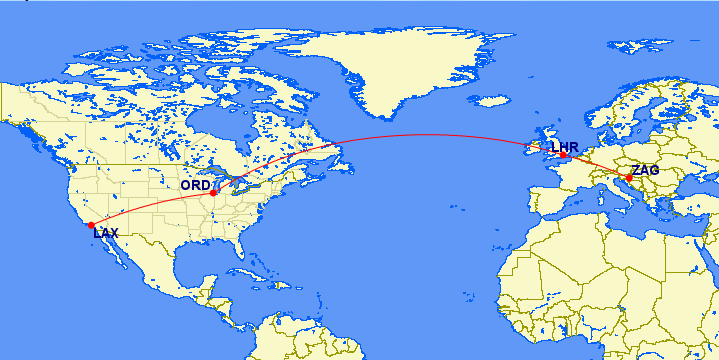
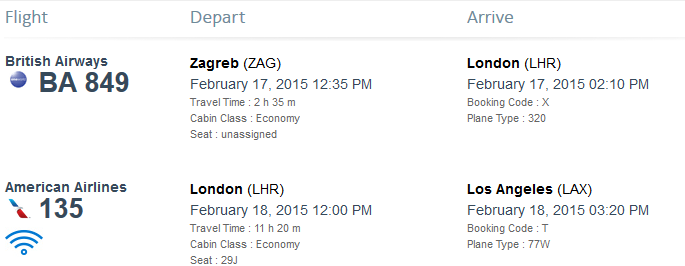

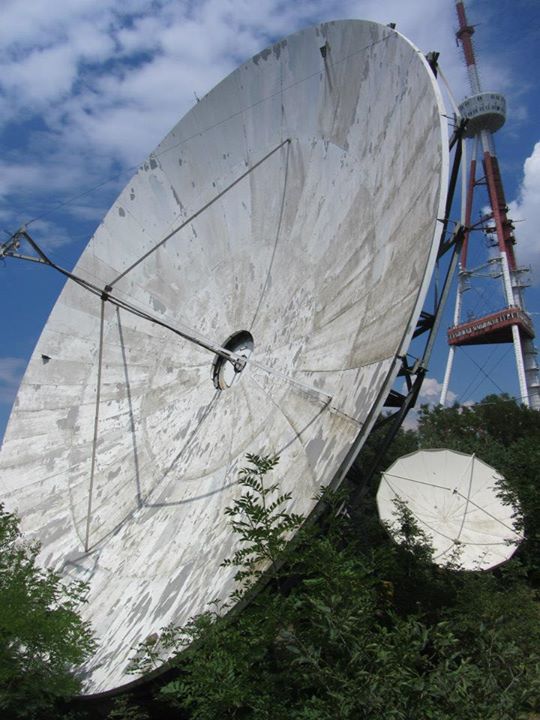
![Hainan_Airlines_Boeing_737-800_B-2158_CTU_2011-7-7[1]](https://www.seat31b.com/wp-content/uploads/2015/01/Hainan_Airlines_Boeing_737-800_B-2158_CTU_2011-7-71.png)

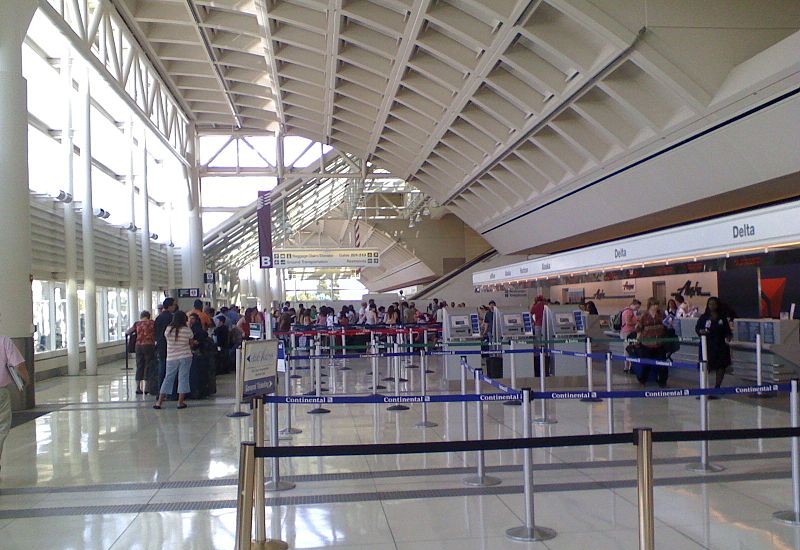
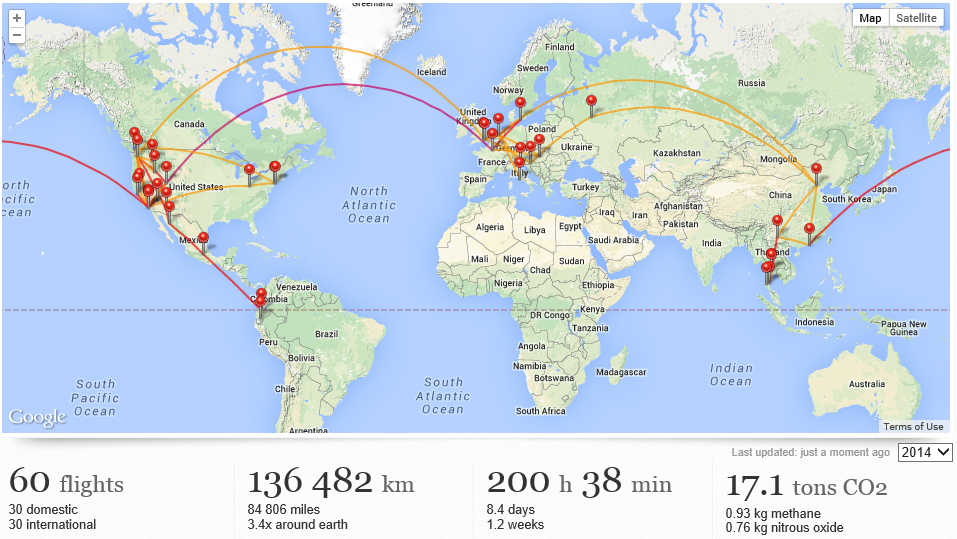
![usairways-mastercard-big[1]](https://www.seat31b.com/wp-content/uploads/2014/12/usairways-mastercard-big1.jpg)
